prnewswire.com/news-releases/…
AUC 0.83, specificity 81%, sensitivity 73%, accuracy 79%
Prevalence of LQTS 160,000 out of US population of 325.7 million (0.049%)
@onco_cardiology @purviparwani @ProfDFrancis @ProfHayward @JeremySussman @bnallamo @mdmajmudar @RogueRad @SVRaoMD @ADAlthousePhD @barttels2 @VinayPrasadMD @AnilMakam @thebyrdlab @raj_mehta @JoaoLCavalcante
Let's take the most popular answers thus far.
~32 million people with devices
~32 thousand of them with LQTS
TP = True Positive, meaning pt has LQTS and test is abnl
TN = True Negative, meaning pt does not have LQTS and test is normal
FN = False Negative, meaning pt has LQTS but test is normal
Specificity is the True Negative Rate or TN / All Disease Negatives. All Disease Negatives are TN + FP. So Specificity = TN / (TN + FP)
Total with device: 30 million
Total with device and with LQTS: 30 thousand
Sensitivity: 80%
Specificity: 75%
I'm only doing this to make brain math easier.
I do some algebra in the picture to show that 1-sensitivity = FN/(TP+FN) = FN/(all pts with disease)
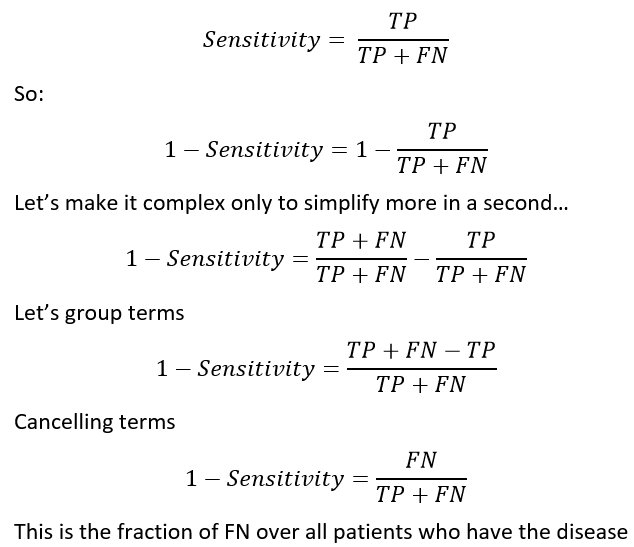
That is 30,000 * 25% = what?
1 - Specificity = FP / (TN + FP) = FP / # people without disease
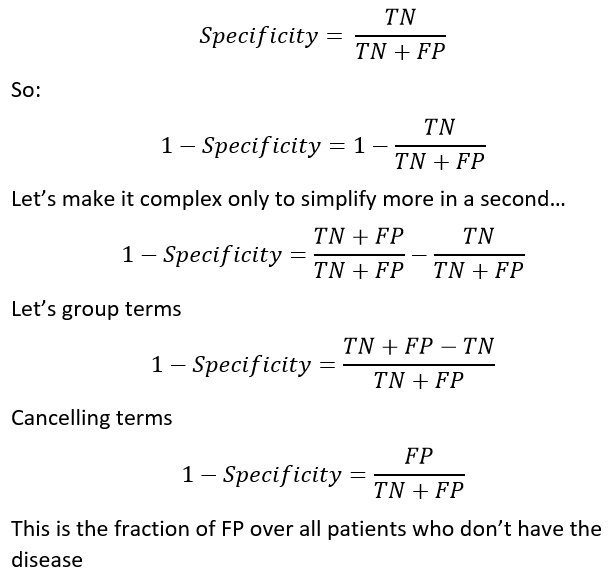
Doesn't sound so bad... except when you think that this is out of 30 MILLION people without LQTS. so the number of false positives is
The formula for PPV = TP / (TP + FP).
In this case PPV = 22,500 / (22,500 + 6 million)
What is that?
For LQTS, the PPV is <1%. So as it turns out 99% of people labeled by this SUPER INNOVATIVE technology will have nothing wrong with them.
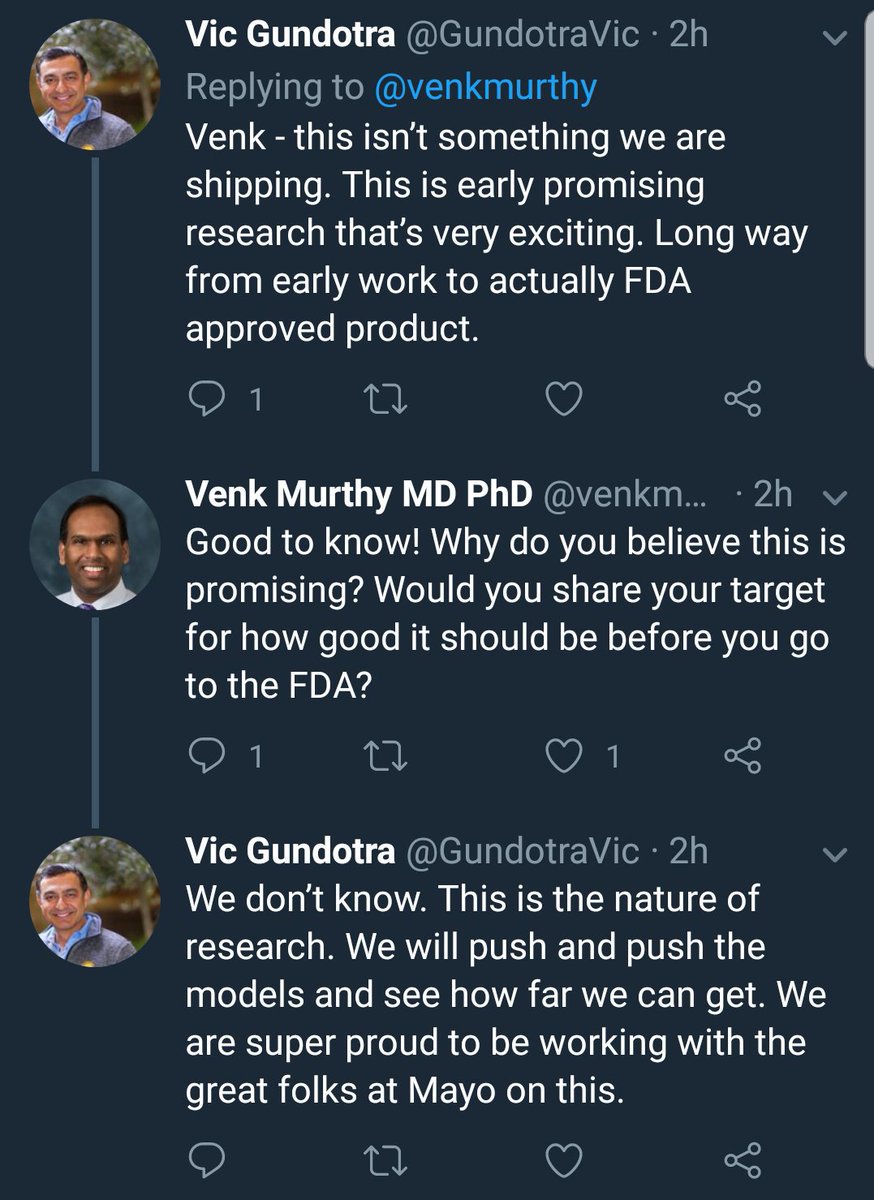
I suspect not.
Algorithms and sensors passively identifying rare health conditions is super hard.
Instead we hear the word "Stunning" to describe the tech because of all the #AI & #MachineLearning hype.
engadget.com/2018/05/11/ai-…
fiercebiotech.com/medtech/mayo-c…
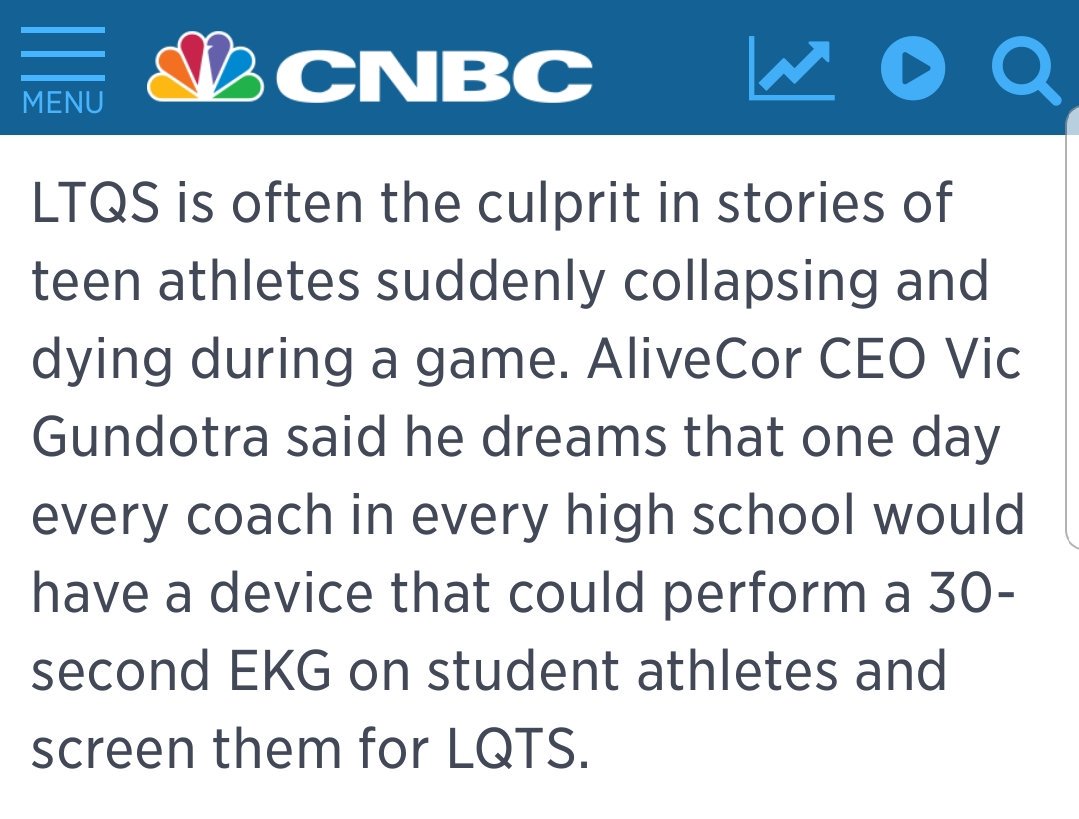
circ.ahajournals.org/content/132/1/…
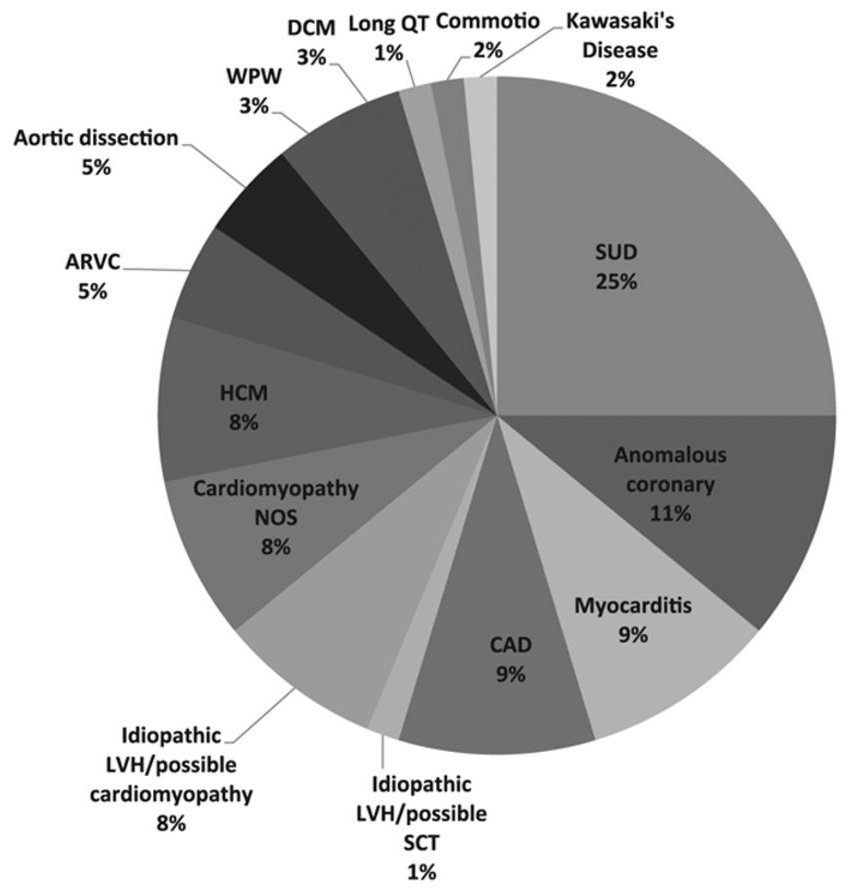
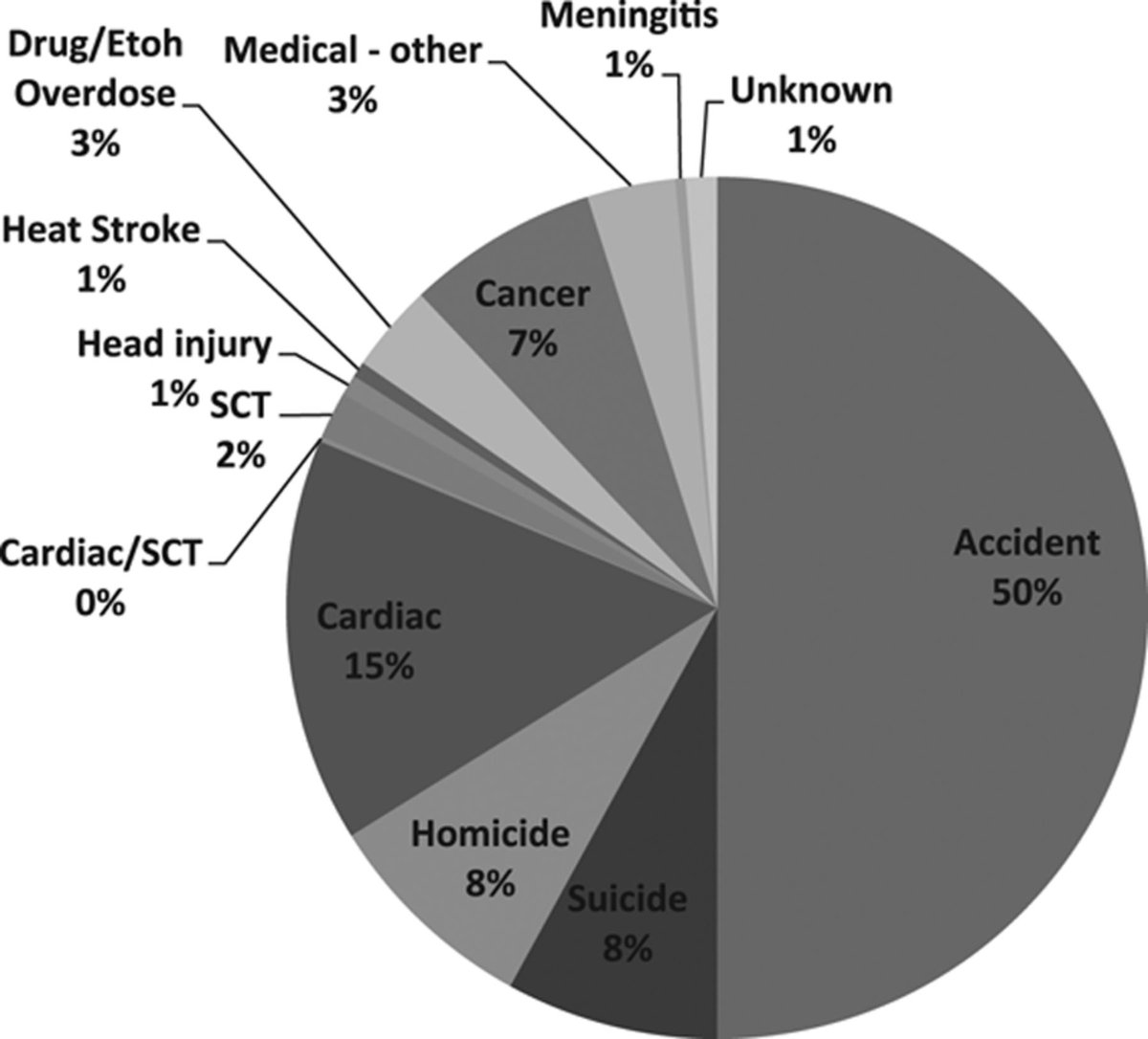
**But think of the children**
drwes.blogspot.com/2012/05/dark-s…
H/t @EJSMD


















